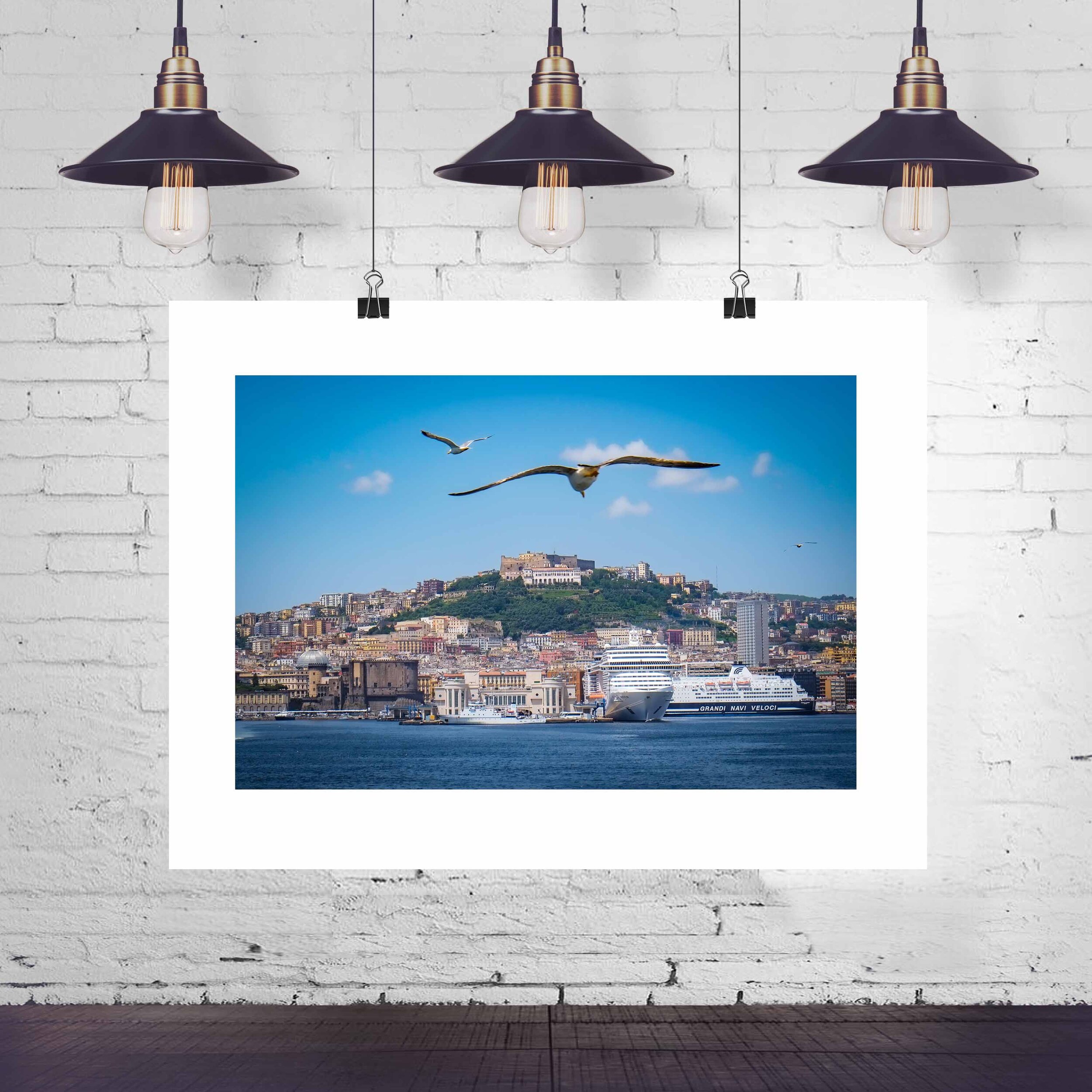Wandering through Naples Regal Past at Pignatelli Cortes Museum
House museums are all the rage in the States but here in Naples they are a bit of a rarity, and so the Pignatelli Cortes Museum is somewhat of a local treasure. The former home of Prince Diego Aragona Pignatelli Cortes and his wife Princess Rosina Pignatelli, the museum includes the couple's Villa, its grounds, and all of the furnishings, decorations, and art "in-situ." That is, in place as they were when the couple lived in Villa Pignatelli in the late 19th and early 20th century.
Stepping inside Villa Pignatelli you are immediately transported back to that time. The years just after the Risorgimento (Italian Unification) when Naples was still an epicenter of art and culture in Europe. A time when Europe's high society gathered at only the most fashionable venues, and under the guiding hand of the Villa’s mistress, Princess Rosina Pignatelli, Villa Pignatelli was among them.
The couple inherited the property along Naples famed Riviera di Chiaia from the Prince's uncle. By the time they moved there in 1897, the Villa that had been designed by Pietro Valente for Ferdinando Acton in 1826 had already been enlarged and refurbished by its second owners, the Rothschild family. Rosina Pignatelli wasted no time putting her own stamp on her new home. As the wife of the Prince, the daughter of the Duke of Amalfi and lady-in-waiting to Queen Margherita, there were certainly many social engagements to host.
Rosina's design aesthetic was definitely reflective of the times and each room in the ground floor was furnished and adorned in an eclectic mix of decorative styles that is definitely opulent but not to the point of gaudy. Wandering around it now you can almost picture the who's who of Europe mixing and mingling in the Villa's Grand Ballroom or any one of its three reception rooms. The lavish meals taken in the immense dining room. The gentlemen retiring to the library for an after dinner cigar.
It was a Villa fit for a King, or at least a Prince and Princess, filled with the finest art, furnishings, and objects d'art that money could buy. Exquisite silverware, bronze statues, French candelabras and clocks, and most importantly an eclectic collection of porcelain from around the world. Rosina Pignatelli amassed 16th and 17th century bowls and vases from Japan and China, pieces from France's Sèvres and Limoges factories, Chelsea porcelain from England, and Messen porcelain from Germany. And of course there are Neapolitan pieces from The Royal Works of Capodimonte and Maiolica pieces by Giustiniani and Del Veccho.
Rosina Pignatelli's collections and her home were definitely symbolic of her times, the Golden Age of Naples. But by the time she donated her home and all of its belongings to the Italian Sate in 1955, the city she once knew was a distant memory. Once the fourth largest city in Europe and perhaps the most prosperous, Naples sunk into a heartbreaking decline of poverty, unemployment, overcrowding and crime after Unification. WWI and WWII did little to allay the situation. The face of the city she knew had completely changed in her lifetime. That is, all but her little oasis along Riviera di Chiaia. The story has it that she donated her home in memory of her husband the Prince. While that may be true, Rosina's donation honors much more than just the memory of her husband, it honors perhaps one of the most important times in Neapolitan history.
Wandering through Naples Regal Past at Pignatelli Cortes Museum was first published on NapoliUnplugged.com on May 5, 2010.
Images from Napoli
Learn More
She Studios is a participant in the Amazon Associates Program, among other affiliate programs, an affiliate advertising program designed to provide a means for sites to earn advertising fees by advertising and linking to Amazon.com and other websites. As an Amazon Associate She earns from qualifying purchases.












